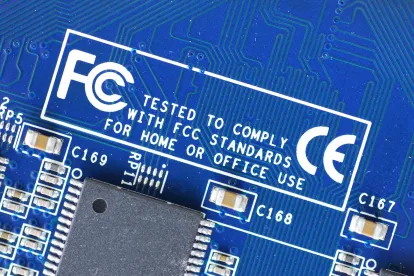The FCC’s CBRS band at 3.55-3.70 GHz took a big leap forward this month.
PAL Auction Date Proposed
On September 5, 2019, FCC Chairman Ajit Pai released a draft Public Notice that, once adopted, will seek comment on proposed procedures for Auction 105, the auction of 70 MHz of Priority Access Licenses (PALs) in the 3.5 GHz band.
Proposed to start June 25, 2020, Auction 105 will make available 22,631 PALs nationwide. The draft Public Notice proposes several procedural rules for the auction, including current bidding eligibility requirements, upfront payment amounts, and minimum opening bid amounts. The draft Public Notice also proposes to conduct Auction 105 as an ascending clock auction and to implement bidding caps. The Commission will likely finalize these procedures in late 2019 or early 2020.
GAA Goes Live
However, the bigger news came on September 16, 2019, when the FCC released a Public Notice stating that Google, Federated Wireless, CommScope, Amdocs, and Sony had passed testing on their Spectrum Access Systems (SASs) and were approved to commence initial commercial deployments (ICD). The approval (and SAS provider compliance with ministerial filing requirements) means that the General Authorized Access (GAA) tier of CBRS service is now available on a limited basis. The ICD period will last a minimum of 30 days, during which the FCC will evaluate SAS operations. Assuming no concerns, the FCC may approve full commercial nationwide GAA operations by the end of this year.
Evolution of the 3.5 GHz Band
This is a big step forward for the 3.5 GHz band. Prior to 2015, the 3.55-3.65 GHz portion of the band was mainly allocated for use by Department of Defense radar systems. However, the FCC realized that the band’s physical characteristics make it especially well-suited for mobile broadband that uses small cell technology (e.g., 5G) and adopted rules aimed at opening it for non-federal use by establishing the Citizens Broadcast Radio Service (CBRS), as well as a three-tiered access and authorization framework.
The CBRS is a relatively novel spectrum management concept. Under its framework, third-party Spectrum Access System (SAS) managers will coordinate three tiers of users by automatically managing and assigning spectrum in near real-time. The goal is to provide more intensive use of the band than is available with manual coordination, while also mitigating interference between the tiers of users. There will be a high level of interest in seeing how well it works. If successful, the model may repeat itself across other bands as the FCC tries to squeeze as much capacity as possible from existing spectrum resources.




 />i
/>i
